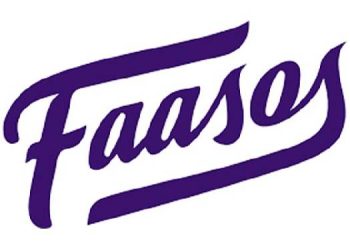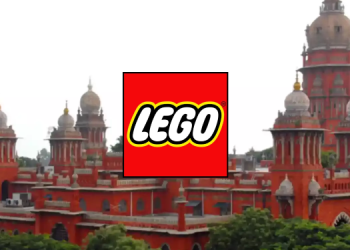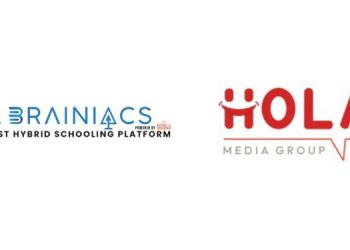Mumbai: L’Oréal launches today its new sustainability program “L’Oréal for the future”, laying down the Group’s latest set of ambitions for 2030. In the context of growing environmental and social challenges, L’Oréal is accelerating its transformation towards a model respecting planetary boundaries and reinforcing its commitments to both sustainability and inclusion:
Transforming L’Oréal’s business to respect the planet’s limits:
- By 2025, all of L’Oréal’s sites will have achieved carbon neutrality by improving energy efficiency and using 100% renewable energy;
- By 2030, 100% of the plastics used in L’Oréal’s products’ packaging will be either from recycled or bio-based sources;
- By 2030, L’Oréal will reduce by 50% per finished product, compared to 2016, its entire greenhouse gas emissions.
Contributing to solving the world’s challenges by supporting urgent social and environmental needs, through an unprecedented plan launched in May 2020:
- L’Oréal is allocating €150 million to address urgent social and environmental issues.
In order to empower its consumers to make more sustainable choices, L’Oréal has developed a Product Environmental & Social Impact Labelling mechanism, scaling from A to E, endorsed by independent scientific experts and verified by an independent auditor, which will be progressively deployed for all brands and categories.
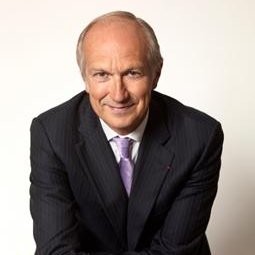
“L’Oréal’s sustainable revolution is entering a new era. The challenges the planet is facing are unprecedented, and it is essential to accelerate our efforts to preserve a safe operating space for humanity. We do so in our own business operations and in our contribution to the society at large. We know that the biggest challenges remain to come and L’Oréal will stay faithful to its ambition: operate within the limits of the planet”, said Jean-Paul Agon, Chairman and CEO of L’Oréal.
Transforming L’Oréal’s business to respect “planetary boundaries”
“Planetary boundaries” are limits, which, if crossed, will compromise the Earth’s capacity as a habitat for human development. Respecting a safe operating space for humanity must be a priority in the decades to come, as scientists unanimously agree, which is why L’Oréal aims to transition to a way of operating its entire business within the limits of the planet.
Therefore, the Group has defined new quantifiable targets for 2030, to fight climate change as supported by the “Science-Based Targets” initiative, but is also going one-step further by addressing three other major environmental issues: preservation of biodiversity, sustainable water management and circular use of resources. To ensure its business is respectful of a resource-limited planet, and fair for the communities it works with, L’Oréal will not only continue to reduce its direct environmental impacts, but also reduce the impacts of its entire activity including those of its suppliers and consumers.
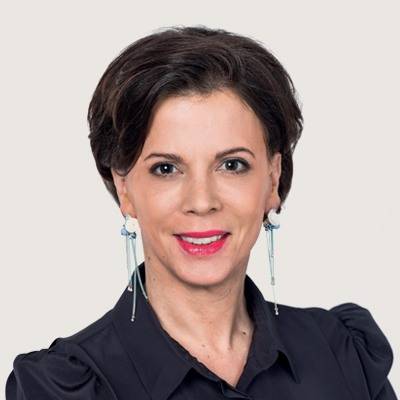
“Over the past decade, we have profoundly transformed our company, putting sustainability at the very core of our business model. With our new commitments, we are entering a new phase of acceleration of that transformation: going beyond our direct environmental impact, helping consumers to make more sustainable choices, as well as generating positive social and environmental contribution. As an industry leader, we consider that it is our role to contribute to building an inclusive and sustainable society”, said Alexandra Palt, L’Oréal Chief Corporate Responsibility Officer.
A concrete example of what L’Oréal wants to achieve: by 2025, all of the Group’s manufacturing, administrative and research sites will reach carbon neutrality by improving energy efficiency and using 100% renewable energy. Through this commitment, L’Oréal wishes to contribute to the energy transition in countries where it operates.
Empowering L’Oréal’s consumers for sustainable consumption choices
L’Oréal considers that embarking its business ecosystem (clients, suppliers and consumers) is part of its responsibility.
To help its 1.5 billion consumers make more sustainable choices, L’Oréal has developed a Product Environmental & Social Impact Labelling mechanism. The labelling will include a score on a scale from A to E, with an “A” product considered as “best in class” in terms of environmental impacts. The method was endorsed by independent scientific experts and data have been verified by Bureau Veritas Certification, an independent auditor. The labels and scores will be accessible on products’ web pages. The first brand to implement the new methodology as of 2020 is Garnier for its hair care products, third beauty brand worldwide and leader of the market in France. This labelling will progressively be extended to other countries, L’Oréal’s brands and product categories.
Contributing to solving the world’s challenges by supporting urgent social and environmental needs, through an unprecedented plan launched in May 2020:
L’Oréal announced in May 2020 that it will allocate €150 million to address urgent social and environmental issues:
- L’Oréal is engaging €100 million into impact investing, in order to act upon key environmental challenges. €50 million will be used to finance damaged natural marine and forest ecosystems restoration projects through a fund called the L’Oréal Fund for Nature Regeneration, to be operated by Mirova, an affiliate of Natixis Investment Managers, dedicated to impact investing.[3] Another €50 million will be directed to financing projects linked to the circular economy.
- To help vulnerable women, L’Oréal is also creating a €50 million charitable endowment fund. It will support field organizations and local charities in their efforts to fight poverty, help women achieve social and professional integration, provide emergency assistance to refugee and disabled women, prevent violence against women, and support victims.
About L’Oréal’s sustainability commitments: we are not starting from scratch
Very early on, L’Oréal became aware of the need to respond to environmental challenges. As an industrial company, it decided that tackling the environmental impact of its plants and distribution centers was the most obvious first step, and a necessary one, to begin its transformation process. This first phase is nearly completed.
- Since 2005, the Group has reduced the CO2 emissions of its plants and distribution centers by 78% in absolute terms, exceeding its initial target of 60% by 2020, while production volume increased by 37% over the same period.
- At the end of 2019, L’Oréal had 35 carbon neutral sites (meaning they use 100% renewable energy), including 14 factories.
In 2013, L’Oréal decided to address the core of its activity: the development of beauty products, its global sustainability programme Sharing Beauty With All, announcing tangible sustainability goals towards 2020. At its core laid an innovative tool known as SPOT (for Sustainable Product Optimization Tool), made to assess and improve the environmental and social performance of products across all brands. Sustainability is now fully integrated into the design process of the Group’s new products, from the earliest stages.
- 85% of products created or renovated in 2019 had an improved environmental and social profile.
- By end of 2019, L’Oréal has helped 90,635 people from disadvantaged communities find employment through the solidarity purchasing and inclusion programs.
- L’Oréal is the only company in the world to have achieved an “A” score in all three CDP rankings – climate protection, water management, forest preservation – for 4 years in a row.
To learn more about L’Oréal’s sustainability commitments: link
L’Oréal India has been demonstrating advancements in sustainability throughout its value chain, from factories (Pune & Baddi, H.P.), office sites and research & innovation centres (Mumbai & Bengaluru).
- By the end of 2019, L’Oréal India reduced the CO2 emissions of its factories in India by 58%, while the production nearly doubled. Its objective is to become carbon neutral across all sites in India (factories, R&I centres, offices) by 2021.
- In keeping with its commitment to a more sustainable packaging policy, 80% of the PET bottles used for products were made from 100% PCR by 2019 and by the end of 2020 all PET bottles would be made from 100% PCR.
- Over 99% of the paper/cardboard packaging used for products is FSC/PEFC certified.
- Education and skill building:
- 8,400 young women from disadvantaged sections of society have been provided with livelihood opportunities through the ‘Beauty for a Better Life’ beauty skills training program
- L’Oréal conducted over 3,70,000 professional trainings in 2019 alone, making it one of the largest private sector beauty trainers.
- L’Oréal India For Young Women in Science scholarship program has enabled 380 young women from economically challenged sections of society, to complete their graduation in a scientific field of their choice.
- The L’Oréal school at its Baddi factory, in partnership with the NGO Nirmala Niketan, provides free education to about 200 students in the age group of 6 to 14 years.
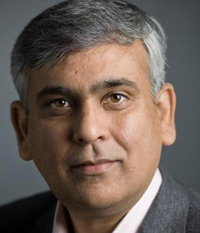
“With L’Oréal for the future we want to take a big leap forward and raise the bar for sustainability, towards a more inclusive and sustainable society”, said Amit Jain, Managing Director, L’Oréal India.



